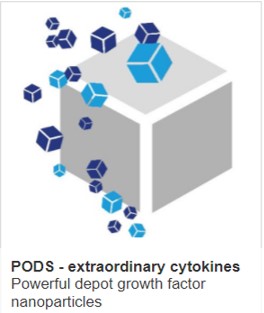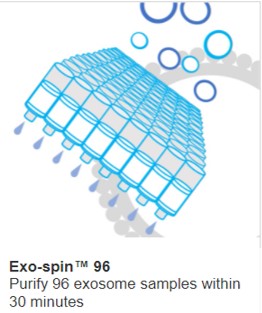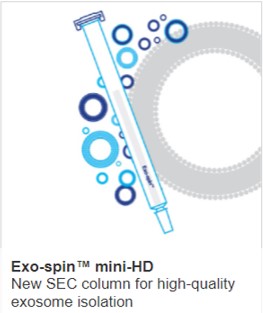Turning back the years by turning down IL11

As we age, so do our cells. For almost two decades, iPSC technology has enabled us to completely turn back a cell's clock to an undifferentiated embryonic state. The apparently easier goal of longevity research is to slow rather than reverse the clock. But unlike iPSCs, generated in cell culture dishes where inefficiency and low levels of toxicity are tolerated, longevity treatments need to act safely on cells across the body. If this can be achieved, it may help to increase both lifespan and health span. A recent research paper in Nature suggests this may be possible.
As we age, our cells become more senescent and patterns of gene expression change. This has been linked to ageing. For example, a few years ago it was shown that the increased abundance of FGF17, a growth factor found in cerebral spinal fluid, leads to improved brain function in mice. FGF17 abundance declines with age, but the abundance of other growth factors increases with age. This includes pro-inflammatory cytokines acting on key cell regulatory pathways. The increased abundance of these proteins with age is associated with “inflammaging”: a physiological state characterized by low-level chronic systemic inflammation in healthy individuals.
A pro-inflammatory cytokine that has attracted particular interest is IL11. The abundance of IL11 increases markedly with age. Moreover, when IL11 binds to its receptor IL11RA, it modulates the STAT3 and ERK pathways that have been shown to regulate lifespan across different species. Through its action on the ERK pathway, IL11 modulates the activity of mTOR. It has previously been shown that inhibition of mTOR in mice extends lifespan. So, could the same effect be achieved by blocking or inhibiting IL11?
The researchers first looked at blocking IL11 by creating knockout mice which lack its receptor IL11RA. Studying these knockout mice over time revealed a wide range of improvements in the physiology as the mice aged. Compared to wild-type mice, the older IL11RA-/- mice had less fat, longer telomeres, better liver function, and better coat condition. They also had lower levels of IL6 – a pro-inflammatory cytokine, and scored better on a frailty index, for example having reduced amount of tremor.
The researchers also looked at the effect of an IL11-neutralizing antibody that binds to and blocks IL11. Unlike the IL11RA-/- knockout mice which had the IL11 signal turned off throughout life, the antibody allowed the effect of blocking IL11 just later in life to be studied. The results were very similar with a wide variety of physiological and physical metrics all supporting the same conclusion: That blocking IL11 made the mice age more slowly. Improvements were seen in both male and female mice.
Groups of wild type and IL11RA -/- mice were also allowed to live as long as possible until they were found dead in their cages. Overall, the mice with inhibited IL11 lived 20% longer. Perhaps more importantly, it delayed clear signs of ageing (i.e. increasing healthspan) by 25%.
This is important work. It provides further support for the fundamental role of cytokines in ageing. Other cytokines and other proteins in these mTOR pathways will clearly be assessed as therapeutic targets. It may not be too long before we are drugging ourselves to healthier, longer lives.
IMAGE IL11RA knockout mice age slowly Credit: Stuart Cook, MRC, Creative Commons



